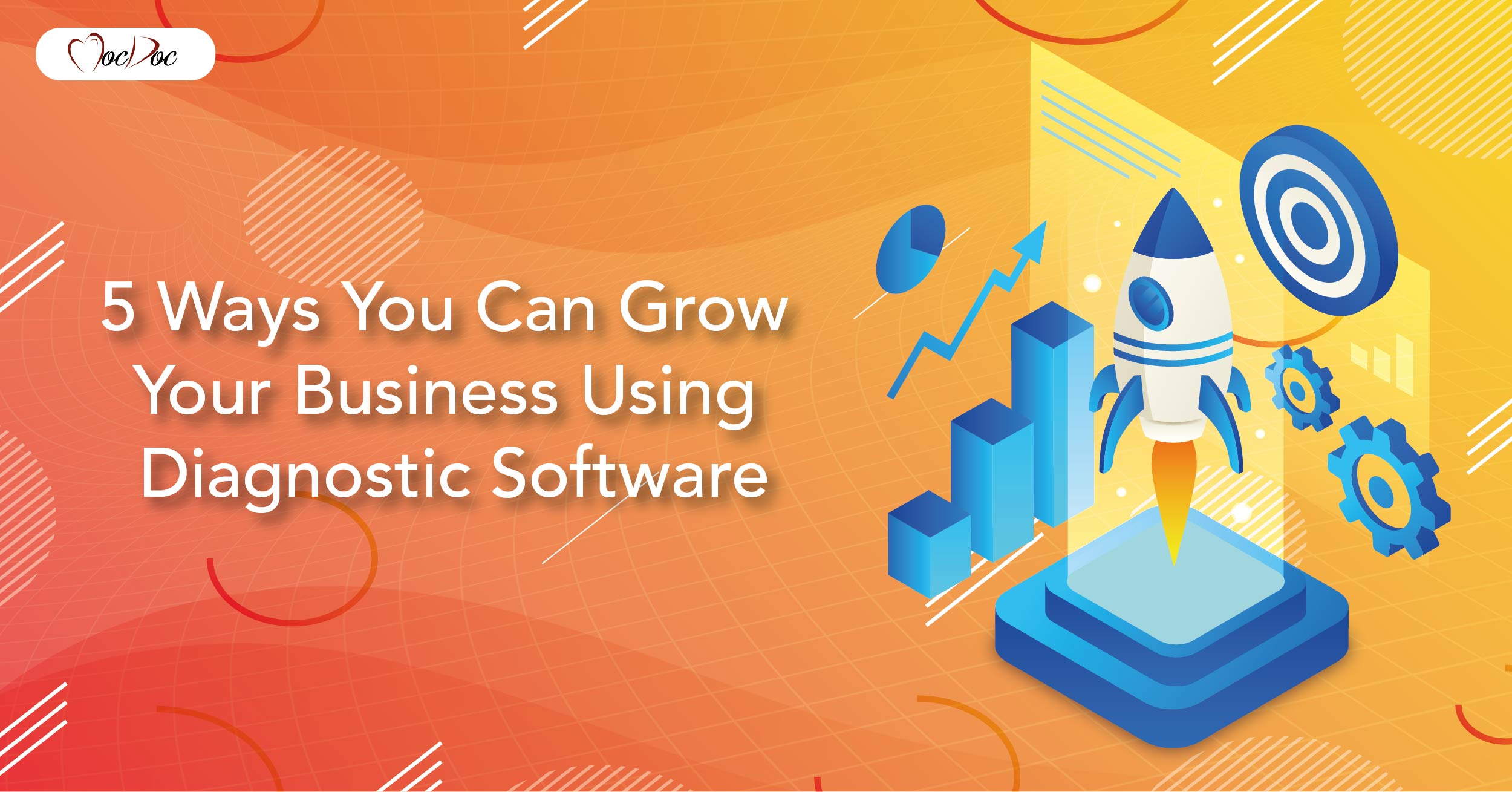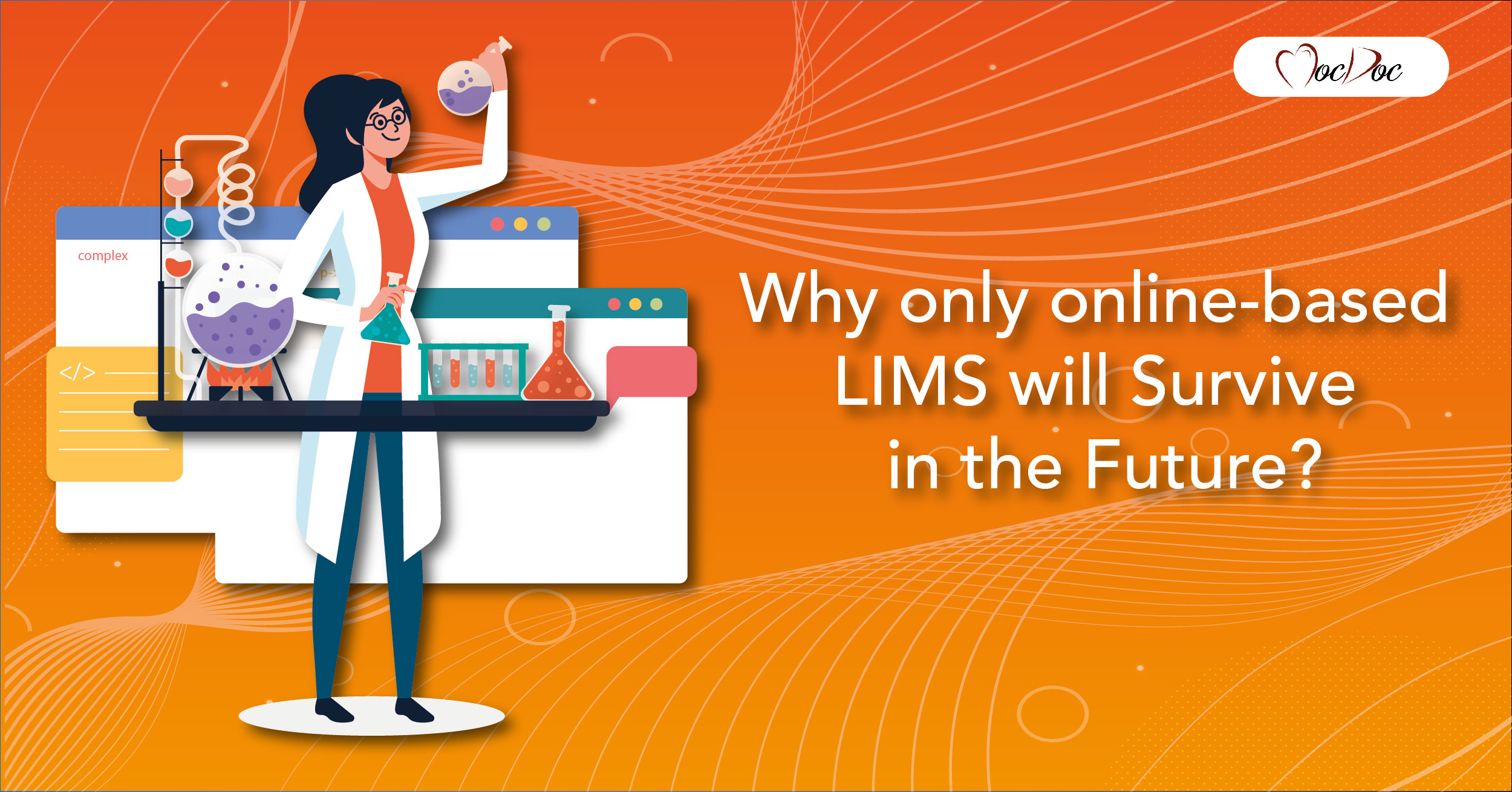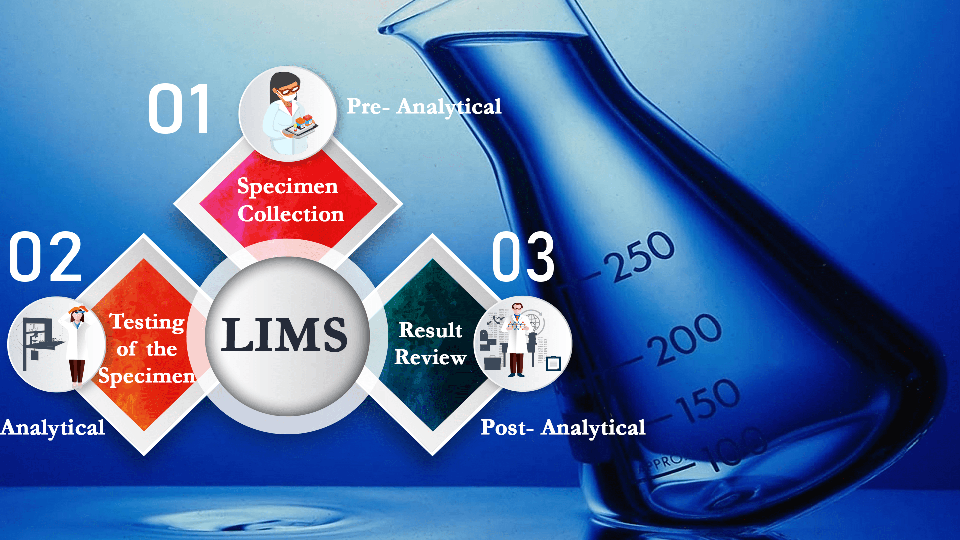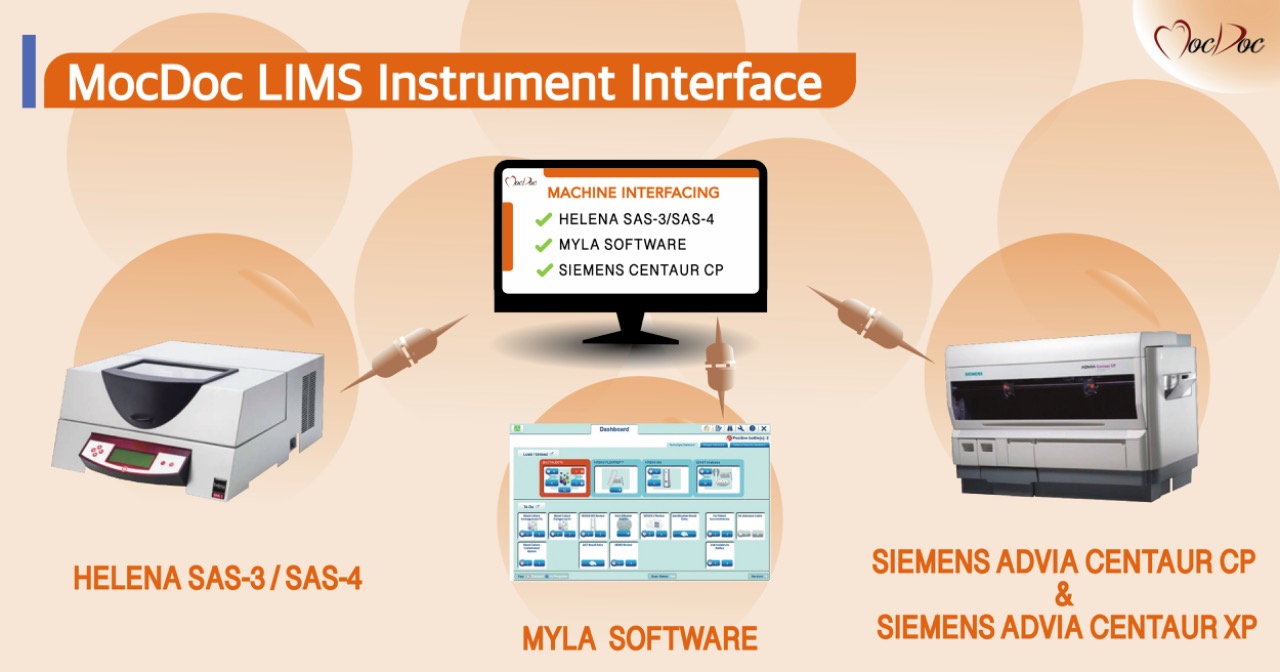MocDoc's Offerings
5 Ways You Can Grow Your Business Using Diagnostic software
Published By
Sanjana
2019100415:00:21
Category LIMS

Leveraging Diagnostic Lab Management Software for Business Growth
Increased efficiency is one of the crucial factors that every business people require. When there is a business running efficiently, it indicates a decrease in waste and an increase in profits, and this results in a healthy bottom line. There are different types of diagnostic lab management software tools that small business owners can use to enhance the efficiency of their operations.
Whether you are an accountant, who is looking for QuickBooks in the belief that it holds the right software to make a more significant difference for a better business outcome or an engineer who is in search of trying out the PCB design software, below are the 5 best ways in which the software will help the small business owners to take their business to the topper level.
Five ways to grow your business through Diagnostic software:
Here are some ways through which you can improve your small business with the diagnostic software.
Maintaining a healthy relationship with the customers:
The software solutions for small businesses enable you to manage a healthy relationship with the customers and also enhance your sales process dramatically in a better way. You can form prospects and customer databases and also acquire the right to update them in the right and real-time when you gather more information about every contact. The software business tools also help in providing the ability to send emails to the connection, so it's easy to keep up with the marketing. It also provides the capability to send emails to customers and prospects and also track how many times you keep in contact or communicate with your contacts or customers.
Creating invoices and quotes:
You will be able to create invoices and quotes and attach them to particular contacts or customers so that there is no chance for valuable documents to be missed. Apart from this, all details and orders are captured in real-time in case your invoices and quotes are integrated with the platform of your business. You can also stay aware of all the products and services your contacts or customers asked to purchase, which will help you to sell more and keep organized in the future leading to higher revenue.
Follow sales leads:
With the help of the right sales management software, you will be able to follow sales leads accurately and quickly, and you need to contact your prospects who have requested a quote before. If you are ready with sound strategies that can reach your end-of-year sales goals, people who are interested once in the offer you place but have not purchased with you can start with it.
Project creation and tracking:
It's easy to build and track projects at every process stage easily through reputed small business management software. If you have different types of systems to manage your works and projects, there is no possibility of linking with the costs or customers. In case you have a single system, then it's easy and quick to view expenses or link with any project or customers and also send the invoice for the appropriate projects.
Shortening the task of the employees:
With the help of time tracking software, the employees can efficiently finish their timesheets and also can be easily accessed by owners and managers. This enables a streamlined system, especially for calculating all types of wages. With the help of small business software, you can also use shared calendars to track how much human capital is present for any project.
Apart from this, there are many kinds of software available that offer you the capability to combine any process in your organization or company. Also, it is 100% assured that your small business runs easily when there is just one solution that acts as a one-stop solution for project management, marketing, sales, and invoicing.
It's easy to select the right laboratory software for your small business to increase your revenue by researching the best diagnostic software online. You need to focus on all the advantages, and essential specifications available to make the software more efficient and better for your small business before choosing the best small business software for you.
Related Articles
Why only online-based LIMS wil...
Every modern industry laboratories are under inten..... Read more
What is laboratory information...
..... Read more
Complex machine integration wi...
Save time on complex machines at your lab with Moc..... Read more



